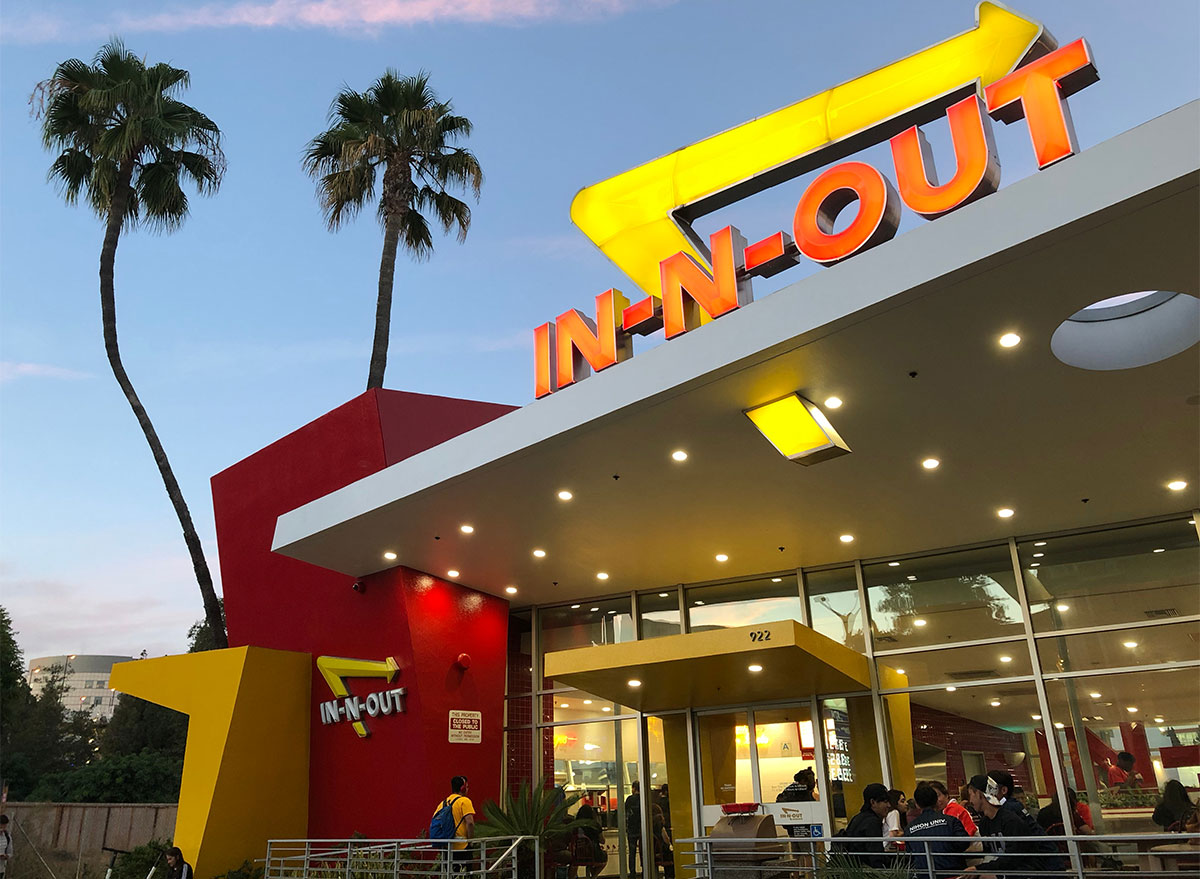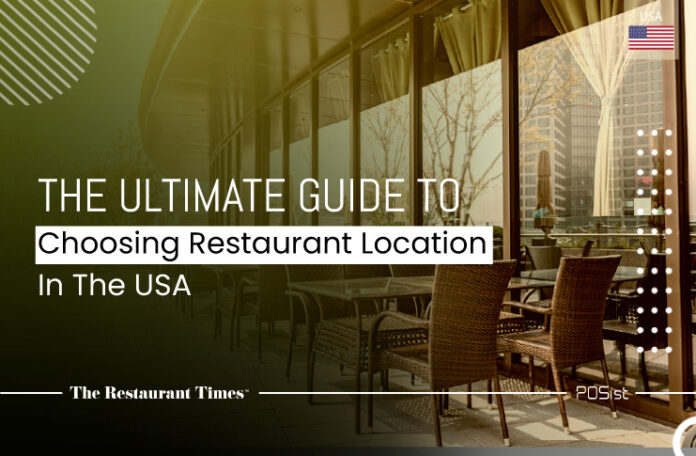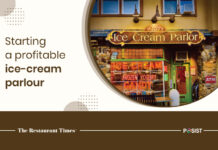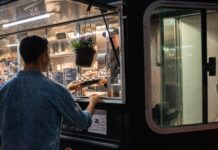Are you planning to open your first restaurant in the US? If yes, then you might know that besides a great business plan, robust POS system, and the requisite permits, selecting the right restaurant location is a critical factor for its success. In fact, it won’t be wrong to assume that location is as crucial to a restaurant’s success as great food and service.
The location will influence various aspects of your restaurant business, such as menu and dining style. In case you already have a particular location in mind, before getting too attached to it, try to evaluate if it has all the right ingredients for a thriving restaurant business.
How To Choose The Perfect Restaurant Location
Since the location of your restaurant will help determine the success of your restaurant, it’s essential you pick it after great consideration. If you are not aware of how to evaluate a location for a restaurant business, then you have come to the right place. This article will discuss some of the major factors you need to consider while narrowing down location options for a restaurant. So, here goes the list.
1. Target Audience
At the very start, you need to decide who will be the target audience for your business as it will be one of the driving factors for the location selection. For instance, if you are offering vegan churros in the US, your target demographic would most likely be the young population aged less than 22 years. Thus, a location in the proximity of a college would provide easy access to your target demographic.
Besides demographics, another factor that also plays an important role is psychographics, which explores why a certain demographic is attracted to a particular food item. For instance, why do vegans go for vegan churros? The answer is that the food is free of animal products and rich in vitamins. So, while demographics help determine your target audience, psychographics add more detail so that your approach is more specific.
2. Visibility
A narrow storefront or blocked view due to an adjacent building means limited visibility, which might prove detrimental to your restaurant’s success story. Places that are easily visible to people walking or driving by are some of the best locations for the restaurant business. When people notice something new, they usually get curious, and the curiosity factor is one of the major drivers in the early days of any restaurant.
So, before finalizing a location, visit the area at different times of the day (day and night) and on various days of the week (weekdays and weekends). This will provide a fair idea about the visibility of the location across different times and days. For instance, an area that becomes deserted after 6 pm is not a good option for dinner service, no matter how good the concept is.
3. Affordability
Cost is a major factor that influences the bottom line of any business. Suppose the current cash flow analysis indicates that the space’s rent/lease or depreciation expense (in case of purchase) is more than the profit generated at the end of the month. In that case, that location is not practically feasible at the moment. However, if the business is expected to grow at a decent pace to bear the cost in the near future, then you might consider it.
4. Space And Size
Your kitchen space should match the restaurant’s size requirements regarding the number of seats. For instance, the thumb rule is that a US restaurant should have about five square feet of kitchen space for every seat. So, the kitchen space for a restaurant with 100 seats needs to be at least 500 square feet. A larger kitchen space helps avoid accidents, from falls to burns, as employees have enough space to move between tables. A smaller space might cost much less, but the operational costs might shoot up due to accidents.

5. Parking
In Europe, no parking, parallel parking, and off-site parking might work well for the street cafés, but the same doesn’t work in most US states. Hence, ensure that your restaurant location has adequate space to accommodate parking for your hungry clientele. Ideally, it is best to have your own parking lot for the restaurant, but you can also consider partnering with a hotel in that area for parking options.
6. Competition
Competition in the neighbourhood can be a little tricky. While you don’t want too much competition in terms of the restaurant’s concept, you would hate to be the only restaurant in an area. The best solution would be a location with a few restaurants but with different ideas. For instance, suppose you are selling burgers, while the nearby restaurants are pizza places, biryani houses, etc., which might attract the same target audience, but each restaurant offers something unique.
7. Safety And Crime Data
If there are too many criminal activities around the location, then the chances are that people would prefer to stay away due to substandard public safety. Local municipalities provide crime data, so you should delve deep to check the crime rate in the locality and how safe it is for your potential customers. For instance, you might not want to put up a restaurant in Anchorage, Alaska, given its crime rate is well above the national average. Spend some time at the location, try to evaluate the place, and get the look and feel of the neighbourhood.
8. Proximity To Suppliers
Although this is the last factor, it is not the least for sure. Just as you would like your restaurant to be accessible to potential customers, you should also ensure that it is accessible to the suppliers since your raw material cost and eventually revenue (meal pricing) depend on them. If you choose a location that is too far away from the suppliers, you might have to incur more expenses for deliveries, and also, you might be forced to make do with a more limited pool of suppliers.
The selection of location is one of the first steps in the process of setting up a new restaurant. The choice of location might prove to be the difference between the success and failure of a restaurant. So, you need to be careful during the selection process. However, the factors mentioned above will help you evaluate the available options and choose the best location, which will be your first step towards establishing a successful restaurant business.

















